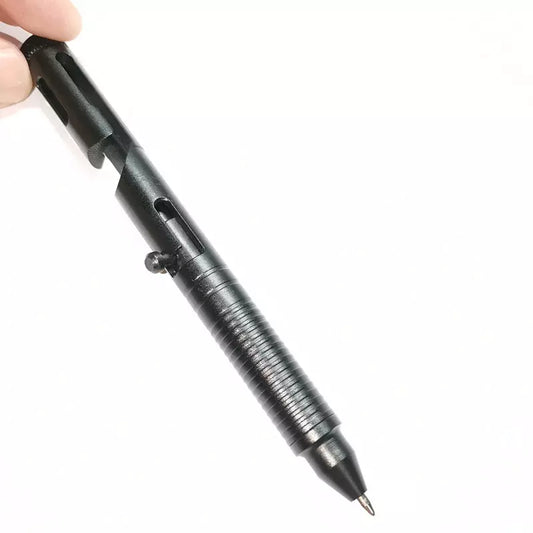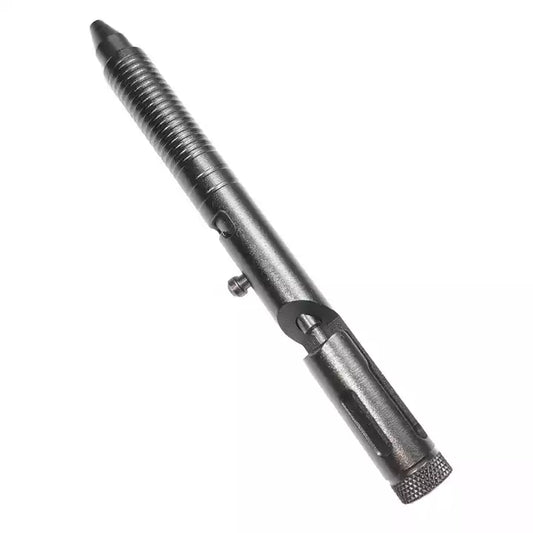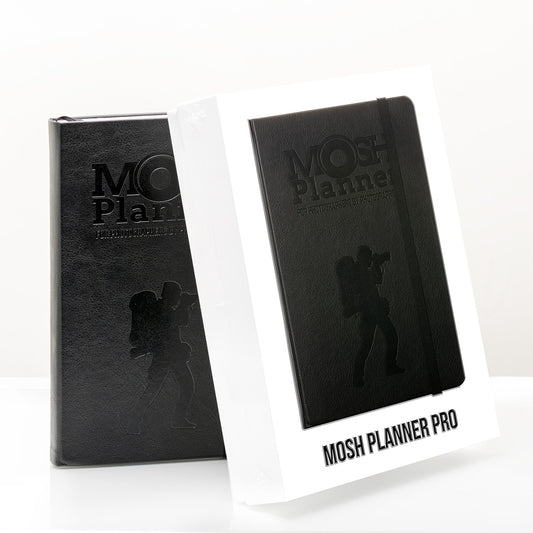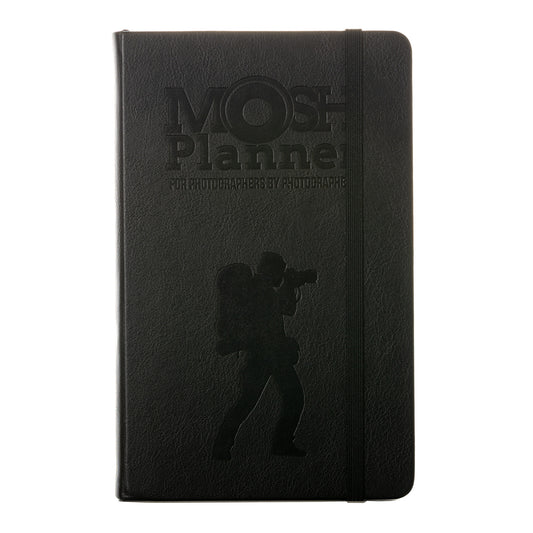You've come to the perfect location if you're interested in photographing outdoor and vacation images. We'll start with this post, where I'll share some of my favorite photography tips and tricks.
Aerials
You'll almost certainly be firing through Plexiglas while shooting from an aircraft. When photographing from a tiny plane, request that the door be removed for better photos. Cup your hand around your lens and keep it near the window to prevent reflections on the Plexiglas, or use a rubber lens hood. Wearing a black shirt helps to lessen reflections as well. Wearing a white shirt, on the other hand, can produce brilliant reflections that will damage your photos.
You don't want any portion of your upper body touching the window, or any part of the plane's interior for that matter, when shooting shots from an airplane, especially a little one. If your upper body makes touch with something on the plane, such as an armrest, the vibration from the plane can be transferred to your camera, creating camera shaking and poor photographs. Use an ISO level that allows for a shutter speed of at least 1/250 of a second to minimise the effects of camera shaking. On a sunny day, I normally set my ISO at 200. Use a medium wide-angle lens for broad views and a medium telephoto lens for closer photos when it comes to lenses.

(Photo by invisiblepower)
Deserts
Deserts, like beaches, present photographers with two significant challenges: intense sunshine and a lot of sand. Lens flare occurs when direct sunlight strikes the front element of a lens. Lens flare, at its worst, appears as a bright, glowing point in a scene, which is annoying at best. In the worst-case scenario, it might reduce contrast and make the whole image appear soft. Use a lens hood or shield your lens with your hand or a hat to reduce lens flare.
Avoid sand exposure at all costs while dealing with sand, which can get into the focusing and zooming rings of lenses. Avoid putting your camera case on the sand if you want to keep your gear clean.
If you're changing lenses in the desert or at the beach, try to find a spot that's out of the wind. You don't want even a single particle of sand on your camera's image sensor (only feasible with digital SLRs), which would appear as a big blob in all of your photos. Also, replace your lenses with caution. Not long ago, I was delivering a class on the beach when one of my students lost one of his lenses in the sand when changing lenses! This is a recipe for disaster.

(Photo by Spencer Davis)
Water and Glass Glare
A polarizing filter is the most important filter for outdoor and vacation photography. Reflections on glass and water can be reduced or even eliminated with the use of a polarizing filter. It can also improve the sharpness of outdoor photographs by reducing reflections caused by air haze. When the sun is at a 90?? angle to the subject, polarizing filters are most effective. Warming polarizers (which produce both polarization and a warming effect) are also available.

(Photo by James Wheeler)
Humidity and Heat
Heat and humidity are not good for digital cameras. When an image sensor gets hot, the colors it captures may become distorted. When it comes to humidity, don't change lenses when you travel from an air-conditioned place to a humid climate if you have a digital SLR. Condensation can build up on the image sensor (really on the filter above the image sensor) and fog your photographs if you change lenses in these conditions.

Photo by Pixabay
Jungles
You have to contend with extremely poor lighting conditions deep in the jungles (or rain forest). Prepare to photograph at relatively high ISO settings, maybe as high as ISO 800, when you go.
Shooting at Night Cities come alive with lights when the sun sets. I recommend setting your DSLR at ISO 400 and the White Balance to Automatic to capture the lights (due to the different light sources). Color negative film with an ISO of 400 or above also has superior color tracking when exposed to a variety of light sources.
Use a slow shutter speed (possibly as long as 30 seconds) to create taillights racing through an image to add drama to evening city shots. The lengthy shutter speeds will necessitate the use of a tripod. Check the LCD monitor on your camera to ensure that strong lighting are not overexposed. If they are, utilize the +/- exposure adjustment function on your camera to lessen the exposure. Finally, keep in mind what your mother taught you: wear white at night to be safe.

Photo by ahmad syahrir




